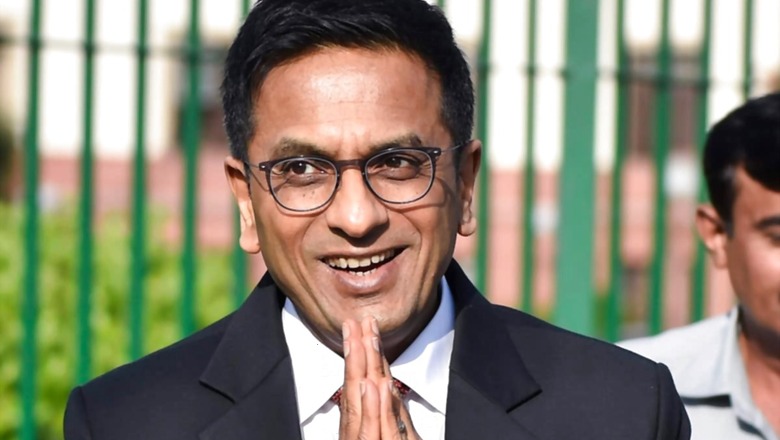
views
As a debate over alleged manipulation of TRPs heats up following the FIR in Mumbai and a notice to Republic TV, a Bombay High Court judgment in 2001 by Justice DY Chandrachud, presently a sitting Supreme Court judge, has assumed significance for formulating certain important principles.
The court had then held that whether the business of issuing TRPs should continue to be in private hands or should the government provide an agency to do it “is a matter of legislative and administrative policy”, and that these ratings do not obligate either the subscribers or the advertisers.
A PIL by PS Deodhar, former chairperson of Electronics Commission of India, had asked for constitution of an autonomous body for releasing ‘Television Rating Points’ (TRPs) of channels. His petition cited the direct relation between TRPs and the rate of advertisements, and contended that the TRPs presented a completely skewed picture when one compares wider reach of public broadcaster Doordarshan to the private channels.
Deodhar had further pointed out that the TRPs (at that time) are generated by two privately managed agencies, Tam Media Research Pvt Ltd and Indian National Television Audience Measurement Co Pvt Ltd, which had no government supervision. The petition alleged the sample size was inadequate and ratings suffered from “urban bias”, and also were “influenced” by certain tactics.
At present, TRPs are measured by the Broadcast Audience Research Council (BARC) India, which is also a non-government body jointly owned by advertisers, ad agencies, and broadcasting companies.
Deodhar had requested the High Court to ensure that the media trade is properly controlled and checked and “independent correct and acceptable TRPs are issued by an independent body under the control of law and Government and undue influence of the advertising and marketing agencies are remedied”.
Nineteen years on, what the High Court said in the context of TRPs, rating measurement bodies and the scope of judicial review is still relevant.
About the corporate agencies measuring the audience date, Justice Chandrachud said that these bodies provide their services to those who chose to subscribe and there is no compulsion for any TV channel to subscribe to them. Similarly, the judgment held that there is no compulsion upon any private or public advertiser to accept their ratings and offer advertisement rates accordingly.
The judge underlined that measurement of TV ratings is not an activity prohibited under the law and called it “inappropriate” for a court to enter into areas of dispute pertaining to the methodology of calculating TRPs or the type of houses where People Meters were installed.
Justice Chandrachud, authoring the judgment for the bench that included Justice BP Singh, also highlighted a distinction between Doordarshan and private channels. He stated that Doordarshan subserves important social and cultural objectives and unlike private channels, the purveying of entertainment and maximization of revenue earned from advertising cannot be the sole guiding criterion for it.
But so far as advertisers are concerned, the court maintained that it is of no significance to an advertiser that there may be no redeeming social value in a particular entertainment programme, which is popular among the audience.
“Ultimately, whether or not he relies on TRPs, for the advertiser, the revenue yielded from his outlay on advertising provides an index as to whether his outlay on advertisements is justified,” added the court.
It was also noted by the high court that the Communication Convergence Bill, 2000, was yet to be passed by Parliament and hence, the Commission “to carry out studies and publish findings on matters of importance to consumers, service providers and the communications industry” was elusive.
No such law to institutionalize government control over the media has been framed till date. The latest attempt in 2007 for a law on this had led to the two organisations representing TV channels at the time — the Indian Broadcasting Foundation and the News Broadcasters Association — undertaking to draft their own guidelines for self-regulation, which came much later.
Refusing to entertain a PIL under Article 226 of the Constitution, Justice Chandrachud was emphatic that the fact that advertisers spend a considerable amount of money on placing advertisements on television and for certain television programmes is no reason why the court should exercise its jurisdiction.
“Particularly, having regard to the fact that in such a matter, it should be for the government and the competent statutory authority to determine whether, and if so to what extent, a regulation of services akin to those rendered by the fourth and fifth respondents should take place,” concluded the judge.
Read all the Latest News and Breaking News here


















Comments
0 comment